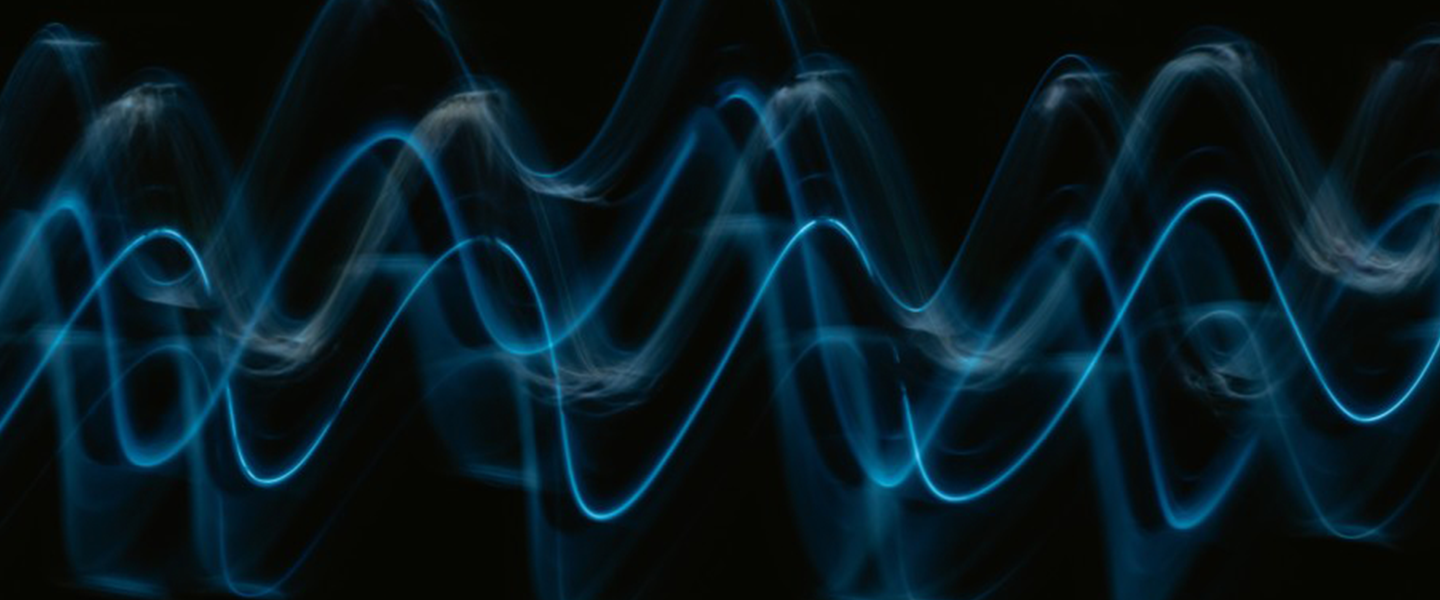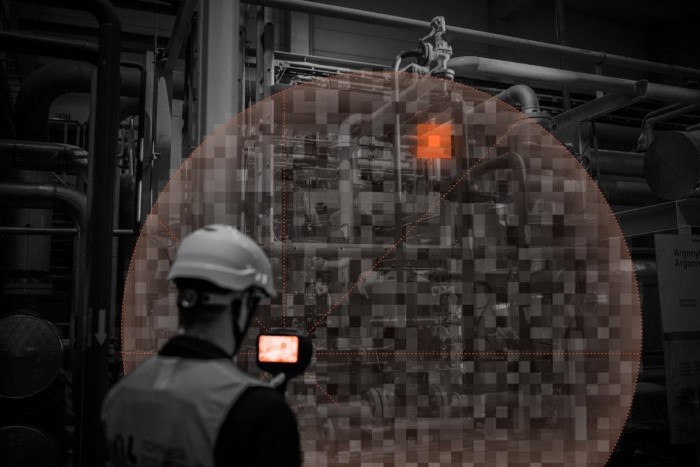What Is Beamforming And How Do Acoustic Imaging Cameras Wield It Without equal?
Beamforming is a technique generally used in signal processing and employed by acoustic cameras to discern specific sound sources, such as compressed air leaks and partial discharges (PD). Nonetheless, the effectiveness of this method depends on various factors, and not all camera manufacturers employ it with equal proficiency. In this article, we provide an overview of how the most advanced devices leverage beamforming for optimal results.

![]()
Beamforming in a Nutshell
The fundamental principle of beamforming revolves around wave energy, which can be mechanical (water waves) or electromagnetic (sound waves traveling through air). The technique involves transmitting waves with a specific signal and directing them toward a receiver, rather than letting the signal spread in all directions. Despite its simplicity, beamforming is not a new concept. It was initially used by French troops during World War I to develop a listening device that detected approaching aircraft. Later, beamforming was refined for radio antennas to focus their signals in one direction and enhance their strength compared to other sounds.
Acoustic cameras use the technique by inverting it; they reinforce the sound signals arriving at them from a desired direction and minimize sounds from other directions, often regarded as background noise. This technique is known as beamforming, and it is used to process microphone array data to generate visual representations of the distribution of the acoustic source strength. Robert Dougherty, in his 2008 conference paper titled "What Is Beamforming?", defines aeroacoustic beamforming as this method of processing.

Localizing sound sources using an acoustic camera is based on the principle that sound waves or signals reach different microphones in the camera's array at slightly different times. When the sound source remains stationary, it always emanates from a specific angle relative to the camera, causing the signal to reach certain microphones before others. The remaining microphones in the array receive a delayed version of the sound signal. By adding up these delays, it becomes possible to accurately calculate and determine the precise location of the sound source.
By enhancing the noise robustness of the microphone array, beamforming enables acoustic cameras to detect even faint sounds in noisy environments, such as the detection of small leaks in paper and pulp mills. Additionally, beamforming in acoustic cameras enables the precise localization of sound sources over vast distances and large areas.![]()
Optimizing the Camera Maximizes the Beamforming Results
Optimizing an acoustic camera's performance involves several key factors, such as determining the appropriate number and placement of microphones in the array and designing its geometry. The computing power of the device is also a critical factor in achieving accurate beamforming results. FLIR's acoustic imaging cameras leverage advanced optimization techniques to fully utilize beamforming, resulting in three significant advantages over other camera manufacturers:
- Fewer ghost sources: ghost sources are sound sources that acoustic cameras using the beamforming technique can show but that do not exist. The better a camera is optimized, the lesser the chances of finding ghost sources.
- Better heatmap resolution: the acoustic camera locates sound sources more accurately and can better calculate sound pressure level.
- Enhanced sensitivity: the camera detects softer sound sources in noisy environments such as small leaks or weak partial discharges.
How do analytics improve the process?
Once an acoustic camera has effectively implemented the beamforming technique and precisely identified sound sources, the focus shifts to its analytical capabilities. FLIR acoustic imaging cameras employ analytics to eliminate unnecessary sound sources and provide valuable data on the detected sounds. In the context of identifying compressed air leaks, knowing the size of the leak and estimating its costs are crucial factors in determining the most appropriate maintenance plan, such as whether repairing the leak is cost-effective.
FLIR acoustic imaging cameras use analytics to display a Phase-Resolved Partial Discharge (PRPD) pattern, illustrating the partial discharge activity during partial discharge detection. While some can identify the type of partial discharge based on this pattern, only a few understand the consequences of each PD type. To address this issue, FLIR acoustic imaging cameras offer an accompanying acoustic camera viewer cloud software to automatically categorize the type of partial discharge, assess its severity based on its location and strength, and suggest appropriate solutions to resolve it.